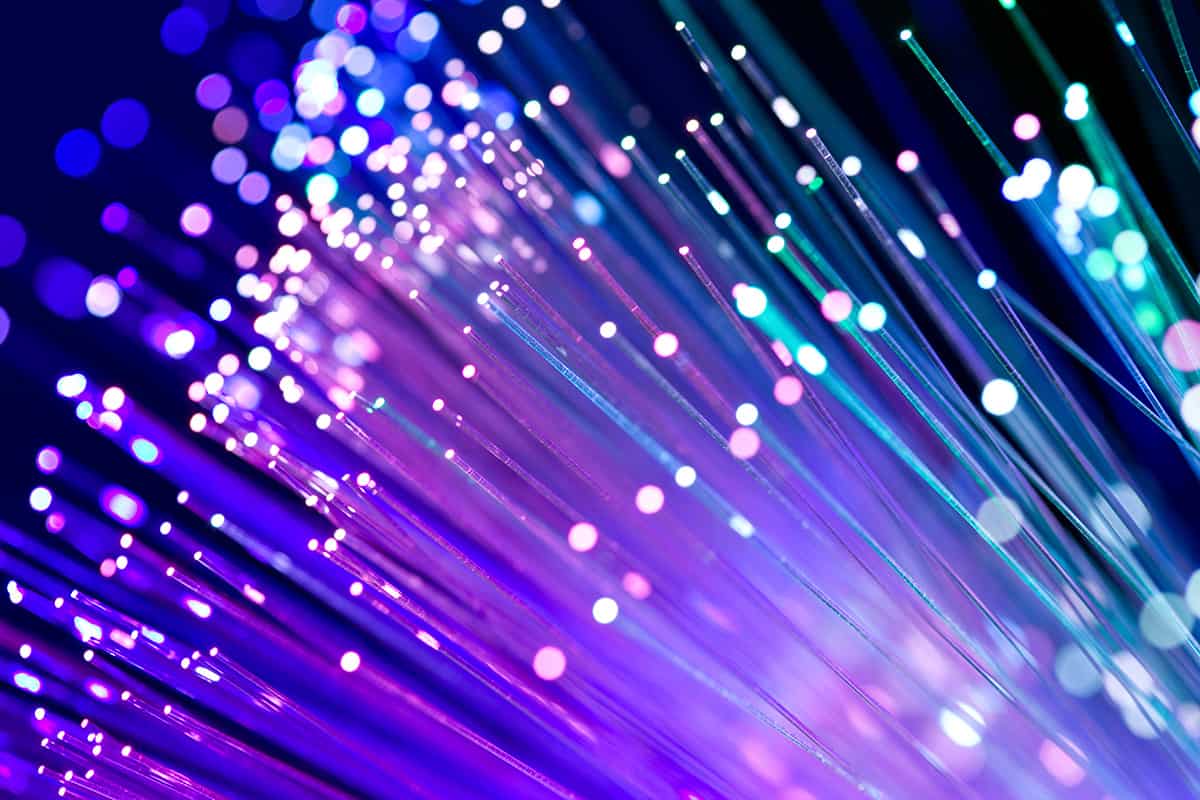 Nanjing University in China and with further improvements it could lead to flexible, highly configurable networks for quantum cryptography.
Nanjing University in China and with further improvements it could lead to flexible, highly configurable networks for quantum cryptography.
Quantum communication techniques such as quantum key distribution (QKD) use the laws of quantum mechanics to allow to parties to share cryptography keys with complete security — at least in principle. One implementation of QKD involves sharing the key by the transmission and detection of entangled photons – and a crucial feature of this approach is that the parties can tell if an eavesdropper has intercepted the photons. Once the secrecy of the key is established it can be used to exchange encrypted messages using a conventional communications network.
Today, most quantum communications are done via optical fibres. While this is practical over short distances – say in a metropolitan area – it is difficult to link parties over longer distances because significant signal losses occur in fibres due to photon scattering. Alternatively, photons can be sent up to satellites and then relayed to a distant ground station. While effective, this space-based approach requires costly and inflexible infrastructure, which makes it currently impractical for widespread use.
Inexpensive and flexible
So hence the interest in flying drones, which the Nanjing team used to carry sources of entangled photons in a link that connected two parties on the ground. As well as being relatively inexpensive, drones can be deployed quickly to create a flexible, dynamic network that changes based on need.
A major challenge for the team was how to contend with the diffraction of photons as they travel through the air. Diffraction causes the wavefront of the photon to spread out as it propagates, making it difficult to fully capture the photons using a single-photon detector attached to a telescope.
To reduce the effect of diffraction, Liu and colleagues introduced a second drone to act as a relay between photon source and detection station. After receiving a diffracted photon from the first drone, the second drone uses a specialized optical fibre to refocus the photon towards a receiving telescope on the ground.

Quantum cryptography network spans 4600 km in China
In the team’s experiment, the two drones were flown 200 m apart, with each drone 400 m away from a detection station. Overall, the two detection stations, named Alice and Bob, were separated by 1 km. When the researchers generated an entangled pair of photons on the drone nearest to Alice, 25% of the photons were detected by Alice. Bob, however, could only detect 4% of the photons sent via the relay drone. Liu’s team confirmed that these photons were entangled using standard Bell inequality tests.
Although the transmission losses of these signals are still too great to compete with existing quantum communication systems, the researchers hope that the low cost, scalable nature of drone technology will enable rapid improvements soon. The team now plans to expand the size of their network to include multiple drones – which could facilitate communications between large, dynamic networks of users, even within cities. If their technique becomes commercially viable, it could make drone networks an important supplement to fibre optics and satellite networks.
The research is described in Physical Review Letters.
